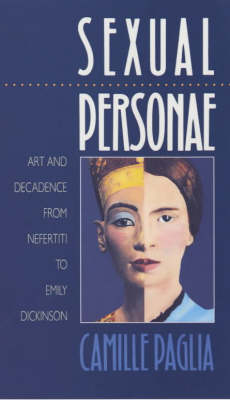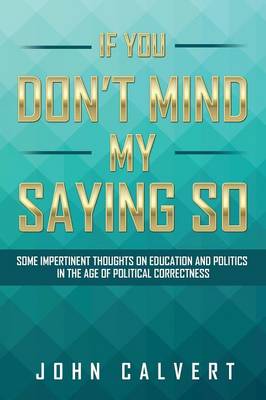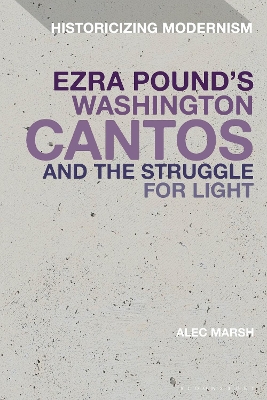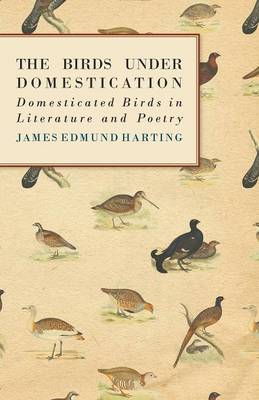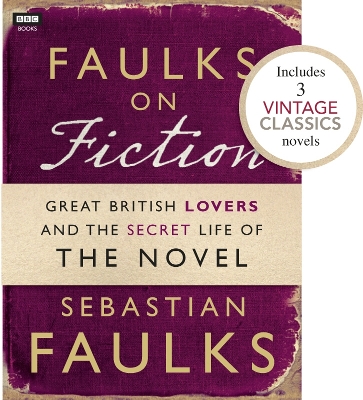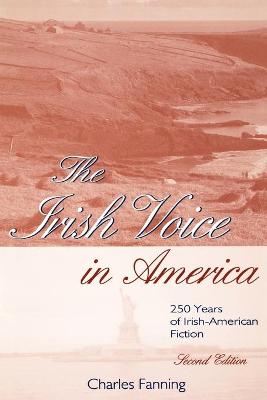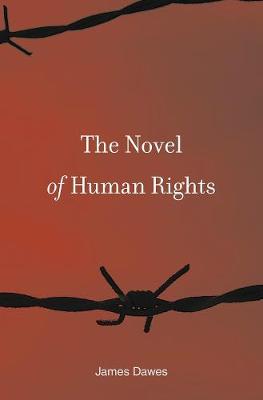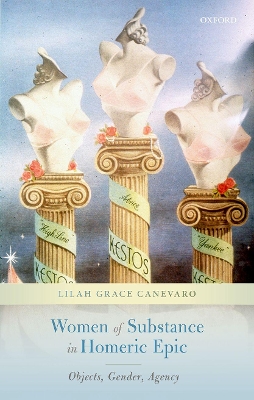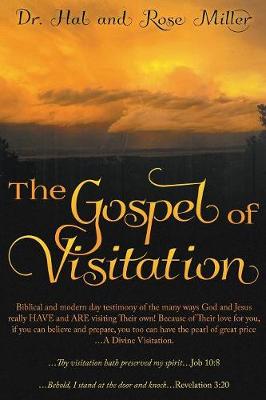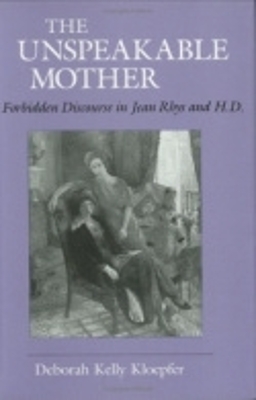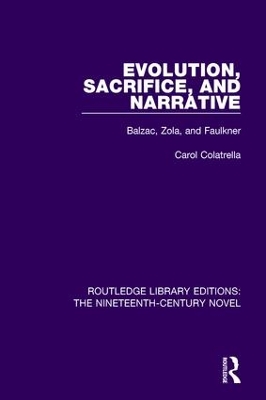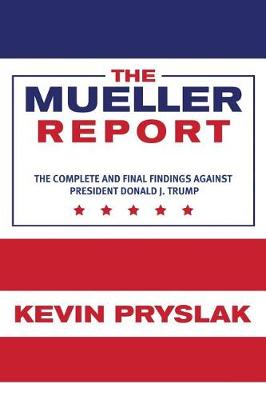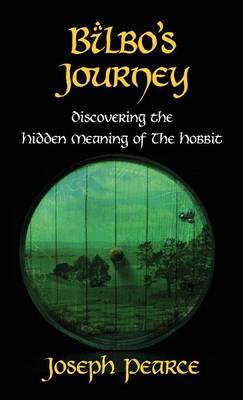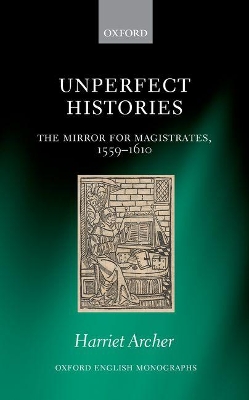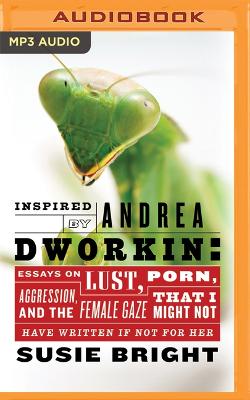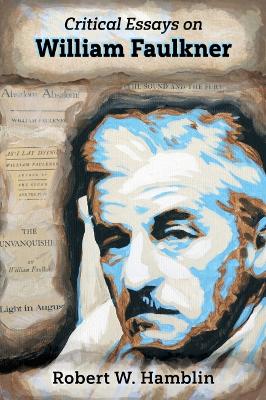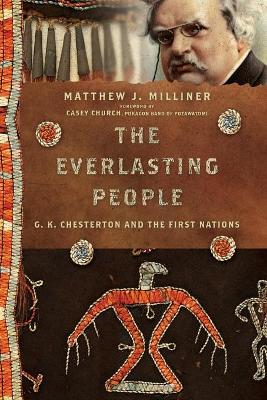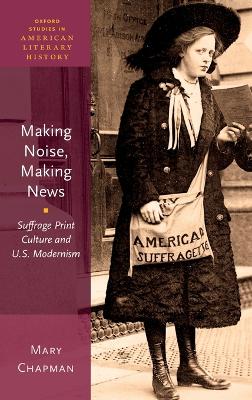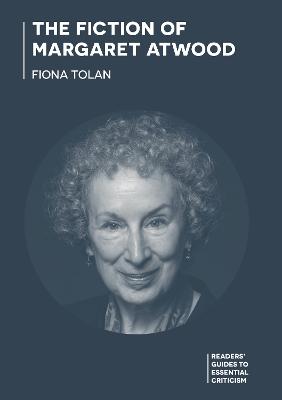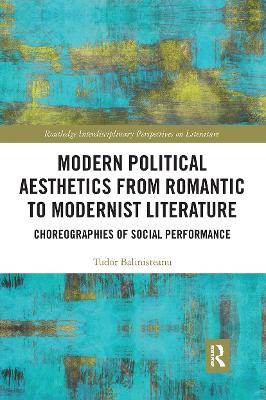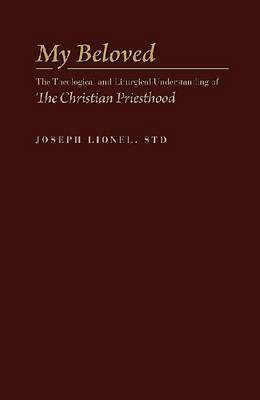Sexual Personae (Yale Nota Bene) (Penguin literary criticism)
by Camille Paglia
Is Emily Dickinson "the female Sade"? Is Donatello's David a bit of paedophile pornography? What is the secret kinship between Byron and Elvis Presley, between the Medusa and Madonna? How do liberals and feminists - as well as conservatives - fatally misread human nature? This audacious and omnivorously learned work of guerilla scholarship offers nothing less than a unified-field theory of Western culture, high and low, since the Egyptians invented beauty - making a persuasive case for all art a...
Ezra Pound's Washington Cantos and the Struggle for Light (Historicizing Modernism)
by Professor Alec Marsh
Ezra Pound's unfinished long poem The Cantos is regarded as a seminal work of modernist poetry - many critics, however, have sought to read the work as set apart from the author's politics. Reading the poetry alongside correspondence and unpublished archival writings, Ezra Pound's Washington Cantos and the Struggle for Light is an important new work on a poet who stands at the heart of 20th-century modernism. Building on his previous book John Kasper and Ezra Pound (Bloomsbury, 2015), Alec Marsh...
Naturalism (Critical Idiom S., #18) (The Critical Idiom Reissued, #17)
by Lilian R. Furst and Peter N. Skrine
First published in 1971, this book examines the literary style of Naturalism. After introducing the reader to the term itself, including its history and its relationship to Realism, it goes on to trace the origins of the Naturalist movement as well as particular groups which adhered to Naturalism and the theories they espoused. It also provides a summary of the key Naturalist literary works and concludes which a brief reflection on the movement as a whole. This book will be of interest to those...
The Birds Under Domestication - Domesticated Birds in Literature and Poetry
by James Edmund Harting
Faulks on Fiction (Includes 3 Vintage Classics): Great British Lovers and the Secret Life of the Novel
by Sebastian Faulks
The publication of Robinson Crusoe in London in 1719 marked the arrival of a revolutionary art form: the novel. British writers were prominent in shaping the new type of storytelling - one which reflected the experiences of ordinary people, with characters in whom readers could find not only an escape, but a deeper understanding of their own lives. But the novel was more than just a reflection of British life. As Sebastian Faulks explains in this engaging literary and social history, it also hel...
In this study, Charles Fanning has written the first general account of the origins and development of a literary tradition among American writers of Irish birth or background who have explored the Irish immigrant or ethnic experience in works of fiction. The result is a portrait of the evolving fictional self-consciousness of an immigrant group over a span of 250 years. Fanning traces the roots of Irish-American writing back to the eighteenth century and carries it forward through the traumatic...
The Novel of Human Rights defines a new, dynamic American literary genre. It incorporates key debates within the contemporary human rights movement in the United States, and in turn influences the ideas and rhetoric of that discourse.In James Dawes's framing, the novel of human rights takes as its theme a range of atrocities at home and abroad, scrambling the distinction between human rights within and beyond national borders. Some novels critique America's conception of human rights by pointing...
Reading some of the best-known Torah stories through the lens of transgender experience, Joy Ladin explores fundamental questions about how religious texts, traditions, and the understanding of God can be enriched by transgender perspectives, and how the Torah and trans lives can illuminate one another. Drawing on her own experience and lifelong reading practice, Ladin shows how the Torah, a collection of ancient texts that assume human beings are either male or female, speaks both to practical...
Women in Greek epic are treated as objects, as commodities to be exchanged in marriage or as the spoils of warfare. However, women in Homeric epic also use objects to negotiate their own agency, subverting the male viewpoint by utilizing on their own terms the very form they themselves are thought by men to embody. Such female objects can transcend their physical limitations and be both symbolically significant and powerfully characterizing. They can be tools of recognition and identification. T...
Moving back and forth between experience and language, The Unspeakable Mother operates out of the intersection of two perspectives: women's immersion in the mother/daughter dyad and the paradoxical absence of the mother in the daughter's discourse. Deborah Kelly Kloepfer calls attention to the repeated allusions to dead mothers, dying mothers, mad mothers, stepmothers, abortions, stillbirths, miscarriages, and infant death in the novels of Jean Rhys and the poems and prose of H.D. Drawing on Ame...
First published in 1990. Balzac, Zola and Faulkner all drew upon the principles of evolutionary theory to represent man's place in nature and his struggle for survival in their major series La Comedie humaine, Rougon-Macquart and the Yoknapatawpha fiction. This book focuses on the 'first' novels in each author's series (La Pere Goriot, La Fortune des Rougon and Flags in the Dust) and considers how each novel relates to its series and derives a definition of the naturalistic roman-fleuve. To desc...
The Mirror for Magistrates, the collection of de casibus complaint poems in the voices of medieval rulers and rebels compiled by William Baldwin in the 1550s, was central to the development of imaginative literature in the sixteenth and early seventeenth centuries. Additions by John Higgins, Thomas Blenerhasset, and Richard Niccols between 1574 and 1610 extended the Mirror's scope, shifted its focus, and prolonged its popularity; in particular, the texts' later manifestations profoundly influenc...
Critical Essays on William Faulkner compiles scholarship by noted Faulkner studies scholar Robert W. Hamblin. Ranging from 1980 to 2020, the twenty-one essays present a variety of approaches to Faulkner's work. While acknowledging Faulkner as the quintessential southern writer-particularly in his treatment of race-the essays examine his work in relation to American and even international contexts. The volume includes discussions of Faulkner's techniques and the psychological underpinnings of bot...
First Things Book of the Year award What does the cross of Christ have to do with the thunderbird? How might the life and work of Christian writer G. K. Chesterton shed light on our understanding of North American Indigenous art and history? This unexpected connection forms the basis of these discerning reflections by art historian Matthew Milliner. In this fifth volume in the Hansen Lectureship Series, Milliner appeals to Chesterton's life and work-including The Everlastin...
Making Noise, Making News (Oxford Studies in American Literary History, #6)
by Mary Chapman
For most people, the US suffrage campaign is encapsulated in images of orators such as the tightly coifed Susan B. Anthony, the wimpled Elizabeth Cady Stanton, and others who hectored for women's rights throughout the nineteenth century. The campaign to secure the vote for US women, however, was also a modern and print-cultural phenomenon, waged with humor, style, and creativity. In this fascinating cultural history, Mary Chapman demonstrates the importance of the aesthetically innovative print...
The Fiction of Margaret Atwood (Readers' Guides to Essential Criticism)
by Dr Fiona Tolan
Margaret Atwood is one of the most significant writers working today. Her writing spans seven decades, is phenomenally diverse and ambitious, and has amassed an enormous body of literary criticism. In this invaluable guide, Fiona Tolan provides a clear and comprehensive overview of evolving critical approaches to Atwood’s work. Addressing all of the author’s key texts, the book deftly guides the reader through the most characteristic, influential, and insightful critical readings of the last f...
In this new research monograph, Tudor Balinsteanu draws on concepts of dance to demonstrate how the nonhuman is dealt with in terms of practical politics, that is, choreographies of social performance which emerge at the intersection of literature, art, and embodied life. Drawing on a number of influential texts by William Wordsworth, Joseph Conrad, W. B. Yeats, and James Joyce, this truly interdisciplinary monograph explores the relations between the human and the nonhuman across centuries of l...
The Year of the Priest was celebrated from June 2009 to June 2010. It coincided with the jubilee year in honor of the hundred and fiftieth anniversary of St. John Marie Vianney. Cure d'Ars, as he is fondly known, is the patron for priests. This simple and saintly priest had drawn countless numbers of people to God through his ministry in one of the most challenging periods in history, after the French Revolution."
